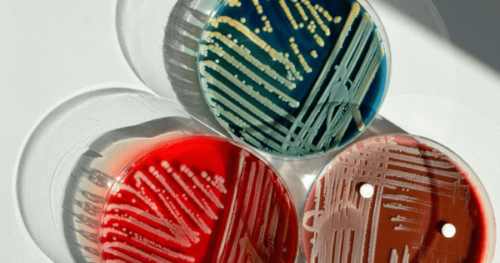Introduction:
In the vast field of life science research, precision and efficiency are paramount. Researchers rely on various tools and equipment to streamline their experiments and achieve accurate results. One such essential tool is the manifold. In this blog, we will explore the significance of manifolds in life science research and their crucial role in laboratory workflows.
Understanding Manifolds:
In the context of life science research, a manifold refers to a device that facilitates the simultaneous handling and manipulation of multiple samples or solutions. It typically consists of a platform with multiple ports or channels connected to a common inlet or outlet. Manifolds come in various designs and configurations to accommodate specific research needs.
Efficient Sample Handling:
Manifolds offer a significant advantage in handling multiple samples simultaneously, allowing researchers to streamline their workflows and increase efficiency. By connecting multiple samples to a manifold, researchers can perform operations such as filtration, purification, or analysis in parallel, saving time and effort.
Filtration and Separation:
Manifolds are particularly valuable in filtration and separation processes. With the use of individual filter holders connected to the manifold, researchers can simultaneously filter multiple samples or solutions. This capability is crucial in applications such as sterile filtration, particle removal, or concentration of samples.
Liquid Distribution:
Manifolds play a vital role in distributing liquids evenly across multiple samples. They enable precise and controlled distribution, ensuring uniformity in experimental conditions. This is especially important in applications like cell culture, where accurate distribution of media or reagents is crucial for maintaining consistent growth conditions.
Automated Workflows:
Manifolds can be integrated into automated systems, enhancing the efficiency and reproducibility of experiments. By combining manifolds with robotic platforms or liquid handling systems, researchers can automate complex protocols, enabling high- throughput experiments and reducing human error.
Versatility and Customization:
Manifolds offer versatility and customization options to meet specific research requirements. They can be configured with different port sizes, materials, and designs to accommodate various sample volumes, flow rates, and compatibility with different solutions or reagents. This flexibility allows researchers to tailor their manifold setups to optimize experimental conditions.
Specialty Manifolds:
In addition to general-purpose manifolds, there are specialty manifolds designed for specific applications. For example, vacuum manifolds are used for solid-phase extraction or sample cleanup procedures, while chromatography manifolds are employed in chromatographic separations. These specialized manifolds provide enhanced performance and convenience in their respective applications.
Conclusion:
Manifolds are indispensable tools in life science research, enabling efficient sample handling, filtration, liquid distribution, and automation of workflows. Their ability to handle multiple samples simultaneously streamlines laboratory processes, saving time and increasing productivity. By harnessing the power of manifolds, researchers can optimize experimental procedures, improve accuracy, and advance scientific knowledge in the field of life sciences.
In the realm of life science research, manifolds serve as invaluable allies, empowering researchers to conduct experiments with precision, efficiency, and reproducibility.
Website : https://www.gvs-lifesciences.my/product-20/39.html



